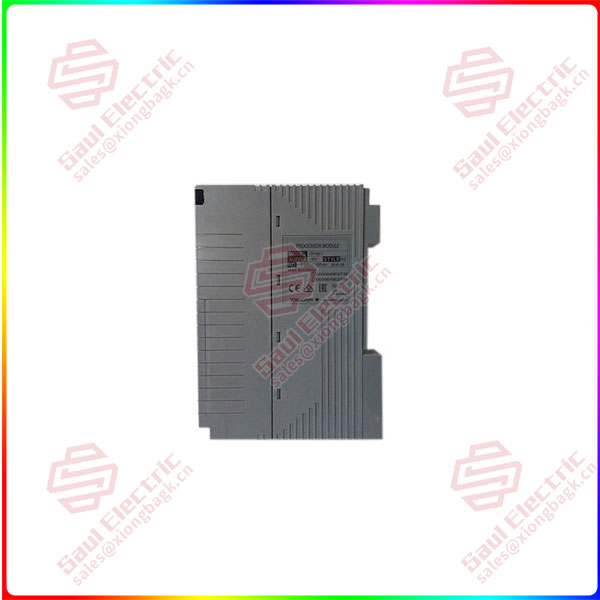On September 1, Zhu Xiaoxun, general manager of Siemens Aiwendar China and dean of Siemens China Research Institute, attended the “2022 China Intelligent Industry Forum”, one of the constituent activities of the 2022 China International Fair for Trade in Services (hereinafter referred to as “Service Trade Fair”), and delivered a speech on the topic of enterprise digital transformation.
Zhu Xiaoxun said in his speech that enterprises in the era of industry 2.0 mainly solve quality problems through processes, and the second change on the basis of industry 2.0 is the change of automation and information technology, that is, the original manual process is solidified in software through computer technology, and in addition to improving efficiency, it can also guarantee that the person will not make mistakes. Industry 3.0 is more about centralized control, using software to ensure that factories are operating according to established processes. With Industry 4.0, that is, the change driven by digital technology, the original pyramid structure of the process driven software control mode has changed, production operations due to flexible secondary development needs, the requirements for the entire software architecture will become more and more flat, and must be scenario-driven, which is the core of digital change. Therefore, automation and informatization are not the purpose of digital transformation, digital transformation must be decentralized, with a flat architecture to open up the barriers between IT and OT. The core of this is data, how to drive value generation through data and scenarios, how to make production more flexible and flatter.

CP461-50
Enterprise digital transformation can not only talk about technology, first of all, we need to understand the value transformation of enterprises. All the value chains within manufacturing enterprises will intersect with product production, which can be divided into three main categories: The first is a whole set of value chains throughout the product life cycle, including product design, engineering, production and product quality traceability in the later stage, to achieve data opening and interaction. The second value chain is the asset operation value chain, from planning a new production line, purchasing equipment, equipment maintenance, to ensuring the continuous operation of the production line through data collection, which is a value chain for the input of factory hardware. The third value chain is the business performance value chain, which mainly refers to the feedback from customer order acquisition, to product acquisition, to the final logistics and product quality. These three value chains focus on production and constitute the core activities of the enterprise.
Therefore, to promote digitalization of manufacturing enterprises, the core need to solve the digitalization of each value chain in the production process, do a good job in production digitalization, and open up the data island in the enterprise has become a real activity that can generate value through data, and at this time, it is necessary to open up data across the value chain. Therefore, digital technologies based on enterprise digital twins and modeling and simulation have become a powerful tool that can help enterprises to break through data silos across the value chain. Digital twins can first help sort out business knowledge and solidify knowledge in the knowledge graph, and then help enterprise data modeling through the knowledge graph. After modeling, IT and OT data can be connected, and the optimal operation strategy can be provided through a large amount of computing power, and the operation strategy can be optimized from the perspective of scenario-driven, and finally implemented. In addition, any enterprise to transform, must also pay attention to culture, organization and talent ability improvement, organizational flattening and talent digitization will be an important driving force to promote the digital transformation of enterprises.
 1 Year Warranty
1 Year Warranty





